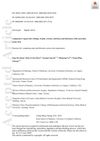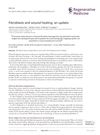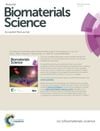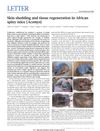The Spectrum of Scarring in Craniofacial Wound Repair
March 2019
in “
Frontiers in Physiology
”
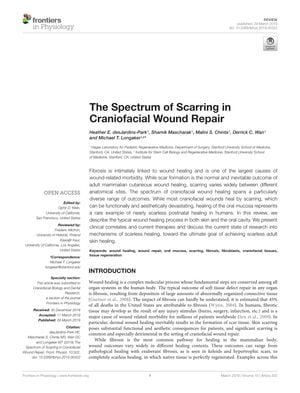
TLDR Wounds on the face usually heal with scars, but understanding how some wounds heal without scars could lead to better treatments.
The review article from March 29, 2019, examines the differences in wound healing outcomes in the craniofacial area, particularly contrasting the scarring in skin healing with the near scarless healing of the oral mucosa. It outlines the stages of wound healing—inflammation, proliferation, and maturation/remodeling—and the roles of various cells and molecular signals. The article notes that adult skin wounds typically heal with scarring, which is functionally and aesthetically inferior to normal skin, and highlights the clinical significance of scarring in the craniofacial region, affecting over 100 million patients annually in the developed world. Factors such as wound etiology, location, and patient demographics influence scarring, with oral mucosal wounds healing with minimal scarring due to factors like reduced inflammation and the unique environment of the mouth. The document also discusses current therapies for scarring and suggests that targeting mechanotransduction signaling pathways may offer a more regenerative approach to scar treatment. It concludes that understanding the mechanisms behind scarless and scarring wound healing is crucial for developing novel anti-scarring therapies to improve patient outcomes.
